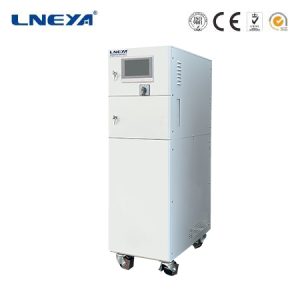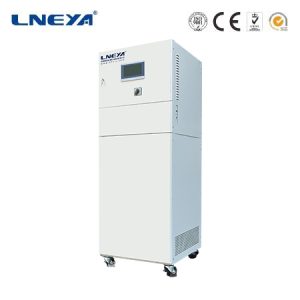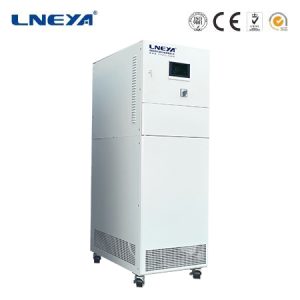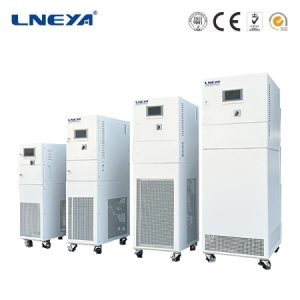Introduction to Air-Cooled Chiller Design
Air-cooled chillers are an integral part of HVAC systems, offering a viable cooling solution for areas where water sources are scarce or where water-cooled systems are not feasible. The design of these chillers involves a careful balance of components, materials, and engineering principles to ensure optimal performance, efficiency, and reliability. This article delves into the various aspects of air-cooled chiller design, providing insights into the critical elements that contribute to their functionality and effectiveness.

Key Components of Air-Cooled Chiller Design
Compressors: The heart of the chiller, compressors are responsible for increasing the pressure and temperature of the refrigerant, facilitating the heat transfer process. Design considerations include选择合适的 compressor type (e.g., reciprocating, scroll, or screw) based on the application’s requirements for capacity and efficiency.
Condensers: In air-cooled chillers, the condenser is responsible for releasing heat from the refrigerant to the ambient air. The design of the condenser coils, airflow, and fin configuration is crucial for maximizing heat dissipation and minimizing pressure drop.
Evaporators: The evaporator absorbs heat from the building’s air or water loop, cooling the space. Design factors include optimizing the coil surface area, refrigerant flow, and air or water side heat transfer to enhance efficiency.
Fans and Airflow: Fans are essential for pulling ambient air across the condenser coils. Design considerations involve selecting the appropriate fan size, speed, and configuration to balance airflow requirements with energy consumption and noise levels.

Refrigerant Circuitry: The design of the refrigerant circuit includes the selection of the refrigerant type, pipe sizing, and the arrangement of components to ensure efficient heat transfer and system stability.
Operational Principles
Air-cooled chillers operate on the basic principles of refrigeration, which involve the circulation of refrigerant through a closed loop. The refrigerant evaporates in the evaporator, absorbing heat from the building, and then is compressed in the compressor. The compressed refrigerant releases heat to the ambient air in the condenser, cooling down and eventually returning to the evaporator to repeat the cycle.
Design Considerations
Climate and Ambient Conditions: The design must consider the local climate, including temperature, humidity, and air quality, to ensure the chiller can operate effectively in varying conditions.
Energy Efficiency: Designers aim to optimize the chiller’s energy efficiency by selecting high-efficiency components, proper sizing, and employing energy-saving technologies such as variable frequency drives (VFDs).
Reliability and Redundancy: The design should incorporate redundancy where necessary to ensure continuous operation and minimize downtime.

Maintenance and Accessibility: Ease of maintenance is crucial, with the design allowing for easy access to key components for routine inspections and servicing.
Noise and Vibration: The design should minimize noise and vibration, considering the location of the chiller and its impact on the surrounding environment.
Environmental Impact
The design of air-cooled chillers must also consider the environmental impact, including the selection of environmentally friendly refrigerants and the minimization of energy consumption to reduce the carbon footprint.
Maintenance and Long-Term Operation
Proper maintenance is essential for the long-term operation of air-cooled chillers. This includes regular inspections of the condenser coils for dirt and debris, monitoring refrigerant levels and quality, and ensuring that fans and compressors are functioning efficiently.
Conclusion
The design of air-cooled chillers is a complex process that involves a deep understanding of HVAC principles, component selection, and system optimization. By considering climate, energy efficiency, reliability, and environmental impact, designers can create air-cooled chiller systems that are effective, efficient, and sustainable. Regular maintenance and attention to design details ensure that these systems provide reliable cooling for commercial and industrial applications.
 LNEYA
LNEYA
 简体中文
简体中文
















































































